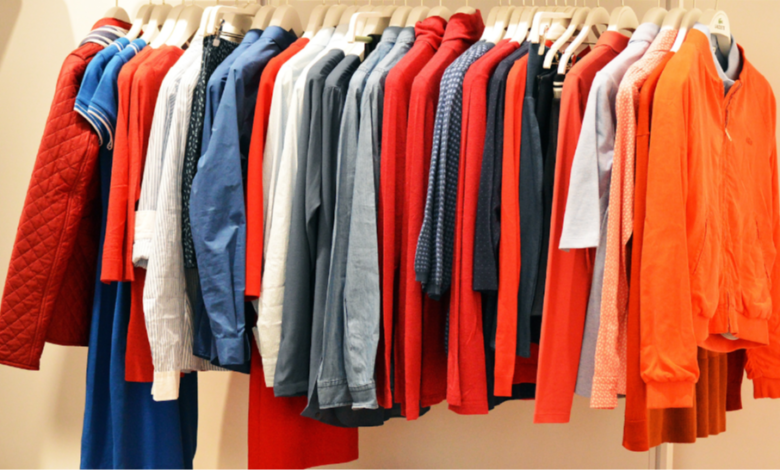The Role of Clothing Manufactures in the Fashion Supply Chain – Trends and Innovations

The core of the fashion business is comprised of clothing manufactures. They play a vital part in the intricate fashion supply chain by converting raw materials into completed clothing. Technology breakthroughs and changing customer expectations are what keep the sector changing continuously. MOQs have an effect on dropshipping companies that goes beyond financial concerns. They may have an impact on tactics for managing inventories, choosing products, and the scalability of the whole company.
To maintain ideal inventory levels and prevent stockouts or overstocking, businesses must balance MOQs, product demand, and financial resources. Dropshipping companies may benefit greatly from the ability to bargain MOQs with clothing manufactures as it allows them to customize production quantities to their unique requirements and the dynamics of the market.
Manufacturing of On-Demand Clothes – Clothing Manufactures
The conventional fashion supply chain often has high minimum order numbers and protracted wait times. Overproduction and waste might result from this paradigm. On-demand apparel production provides a more effective and environmentally friendly option. The clothing manufactures use technology such as digital printing to create items exclusively in response to orders.
Clothing producers have to adjust to the ever-changing fashion sector in order to maintain their competitive edge. Future technological developments, attention to sustainability, and an increasing need for personalization will probably influence the apparel manufacturing industry. Manufacturers of clothing that adopt these developments and trends will have a strong future.
Technology and Clothing Manufactures
Technology is revolutionizing the manufacturing of clothes. For example, quick prototyping and customization are made possible via 3D printing. Thanks to robotics and automation, production processes are becoming more efficient and cost-effective. Artificial intelligence optimizes inventory management and predicts trends. Thanks to these technical improvements, clothing producers may now respond to market needs with more agility.
Customers are curious about the origins and manufacturing process of the clothing they buy. As a result, the fashion industry is now pushing for more supply chain transparency. Clothing manufactures are disclosing more details about their labor methods, sourcing, and manufacturing procedures. This openness shows a commitment to moral and sustainable business operations and helps gain customers’ confidence.
Clothing Manufactures – Minimum Order Quantities (MOQs)
In dropshipping companies’ cases, managing MOQs requires careful thought. Lower MOQs provide greater flexibility, letting companies test new goods and serve niche markets without making significant inventory commitments. However, they may also have more excellent prices per unit. On the other hand, increasing MOQs may result in considerable cost reductions per unit but may also increase inventory risk and require a more significant upfront investment.
MOQs have an effect on dropshipping companies that goes beyond financial concerns. They may impact tactics for managing inventories, choosing products, and the scalability of the whole company. To maintain ideal inventory levels and prevent stockouts or overstocking, businesses must balance MOQs, product demand, and financial resources. Dropshipping companies may benefit significantly from the ability to bargain MOQs with apparel manufacturers as it allows them to customize production quantities to their unique requirements and market dynamics.
Conclusion
The position of clothes makers is still crucial to the fashion industry’s success as it changes. The future of garment production will be determined by its capacity to accept technology innovations, prioritize sustainability, and manage the intricacies of the supply chain. By adjusting to new trends and customer needs, manufacturers may guarantee their continuous relevance and contribute to a more effective, conscientious, and inventive fashion ecosystem. The clothing manufactures are leading the way in transitioning to a more customer-focused and sustainable sector, influencing fashion trends one item at a time.



